When visiting any of the 48 neighbourhoods in Buenos Aires, you will be treated to something interesting and unique. Below is a list of some of our favourites.
Related Posts:
|
|
Palermo:
We have a soft spot for the safe and trendy Palermo because this is where we stayed during our 5 week trip in the late fall of 2018! It is the biggest neighbourhood in Buenos Aires and actually split into seven smaller and unique areas.
Our AirBnB was in the upscale residential area called Palermo Chico. There are lots of great restaurants, bars and shopping in Palermo and it is safe to walk around (even at night).
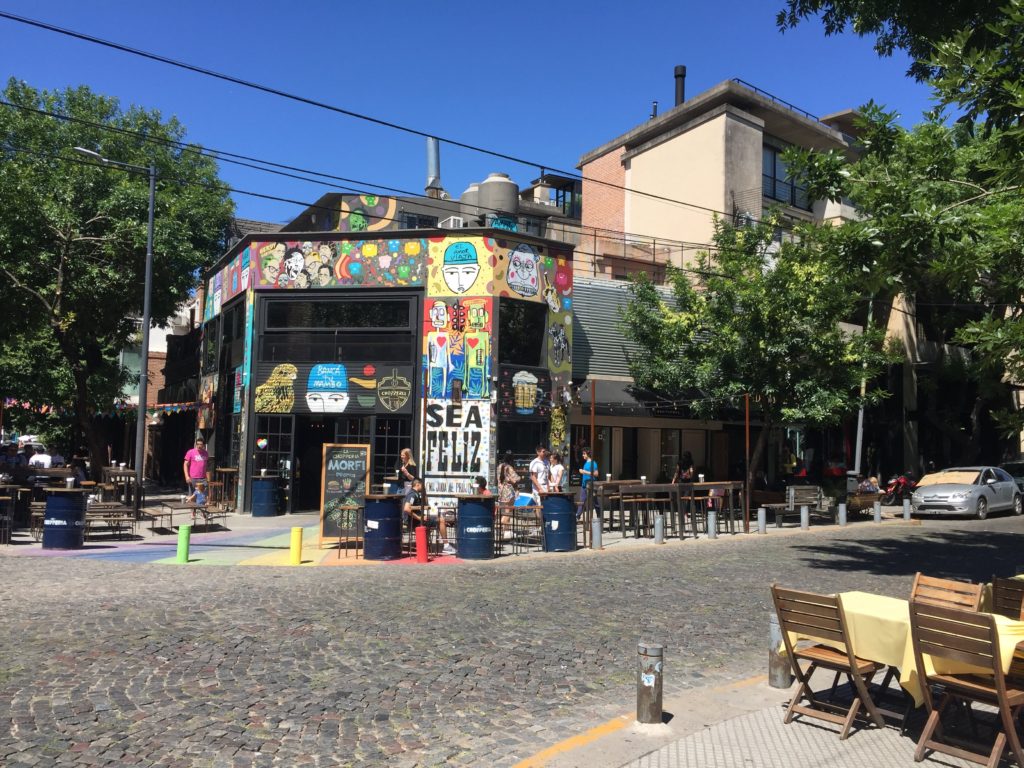
Plaza Serrano is a great place to visit day or night; during the day, the bars allow local vendors to occupy their space selling their goods and at night, it transforms into a hip bar and restaurant scene.
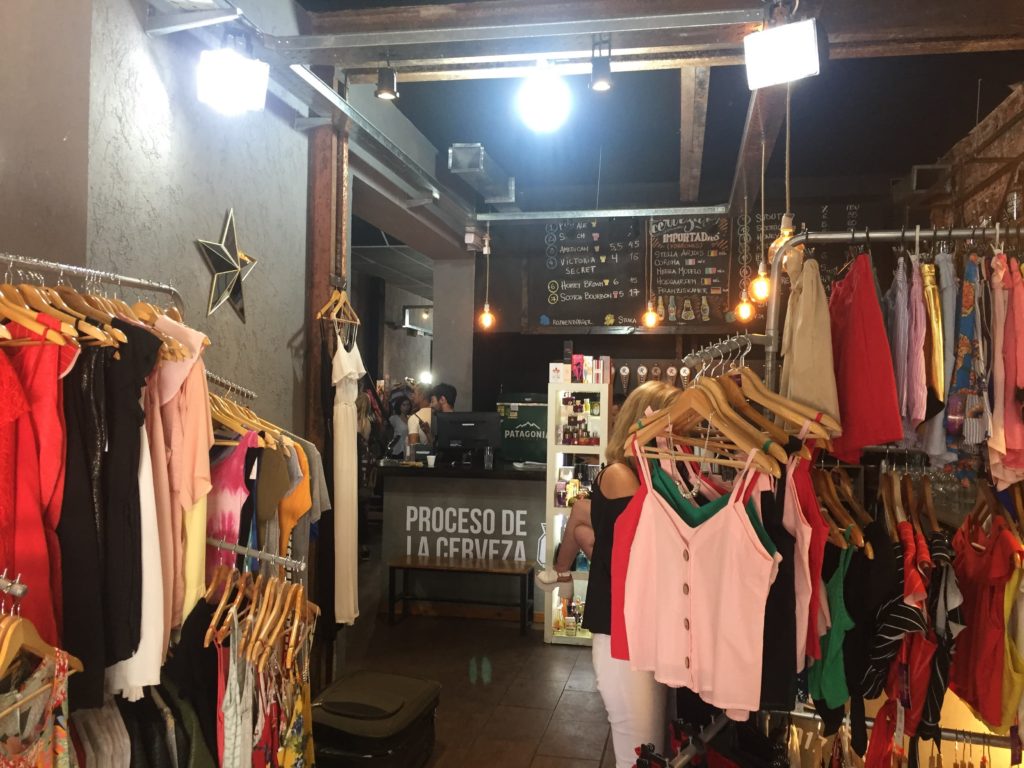
The nearby Plaza Armenia has a lot of interesting restaurants and shops, and hosts Feria de Palermo Viejo on Saturdays and Sundays. This market has a more artisanal feel, with mostly homemade creative goods available. Shaleen found a beautiful handmade leather carryall bag for only $1200 pesos (approximately $42 CAD)!
Finally, a visit to Palermo is not complete without stopping by the gorgeous Jardin Botanico (Botanical Garden) as well as the many parks in the area where locals sit with friends, sunbathe, and walk their dogs.
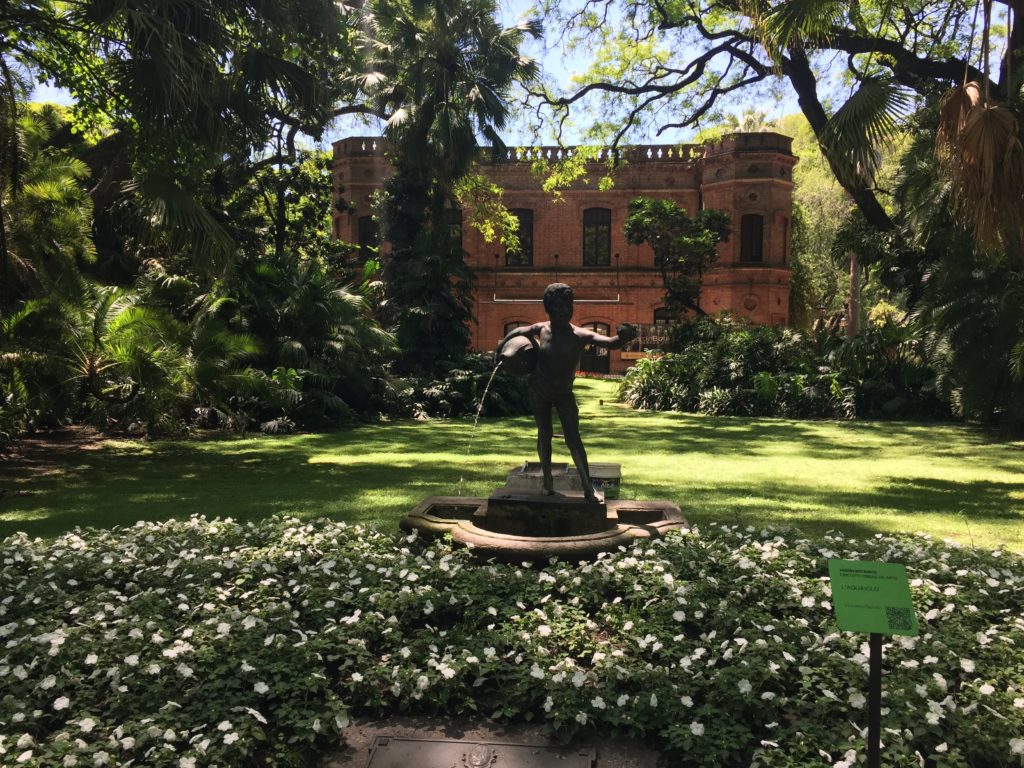
Recoleta:
This is a posh area with beautiful colonial architecture. We enjoyed walking through the must-see La Recoleta Cemetery, a place with the graves of many famous people such as former presidents, including Sarmiento, and former first lady Eva Perón.
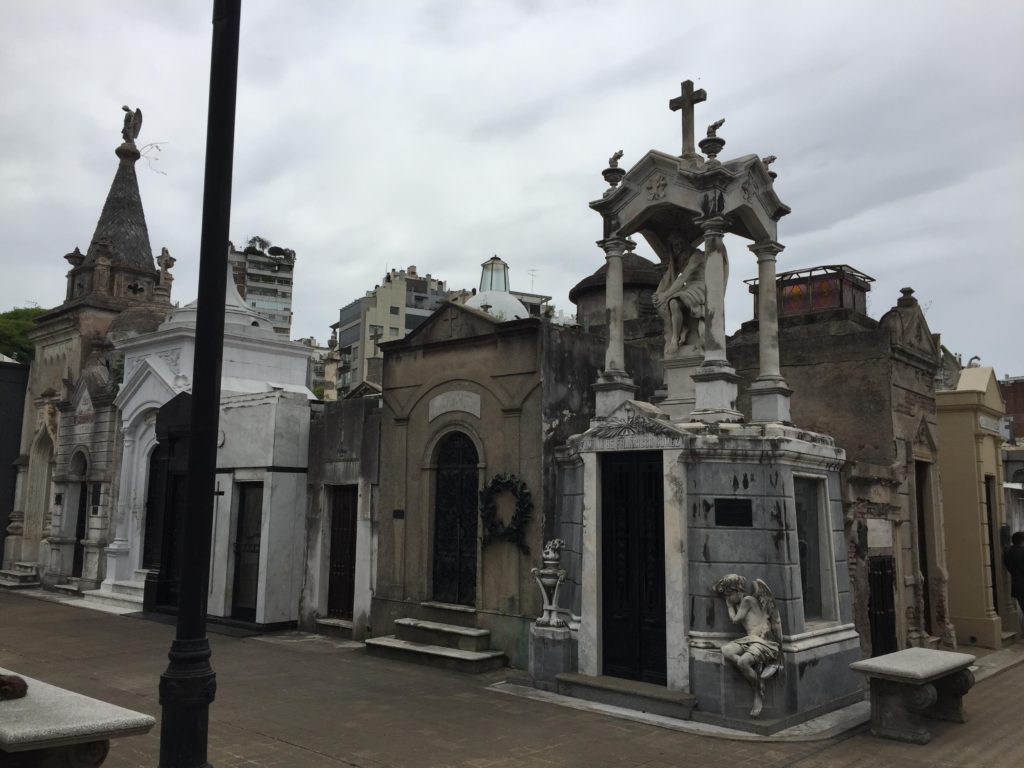
We also checked out the weekend flea market (Feria de Recoleta open Saturdays and Sundays from 12-6pm) which had hundreds of vendors selling handicrafts, antiques, and other knick-knacks. We spent that afternoon relaxing in the park among locals sipping mate or enjoying beer. Another highlight in Recoleta is the El Ateneo bookstore, located in a re-purposed theatre and recognized as one of the most beautiful bookstores in the world!
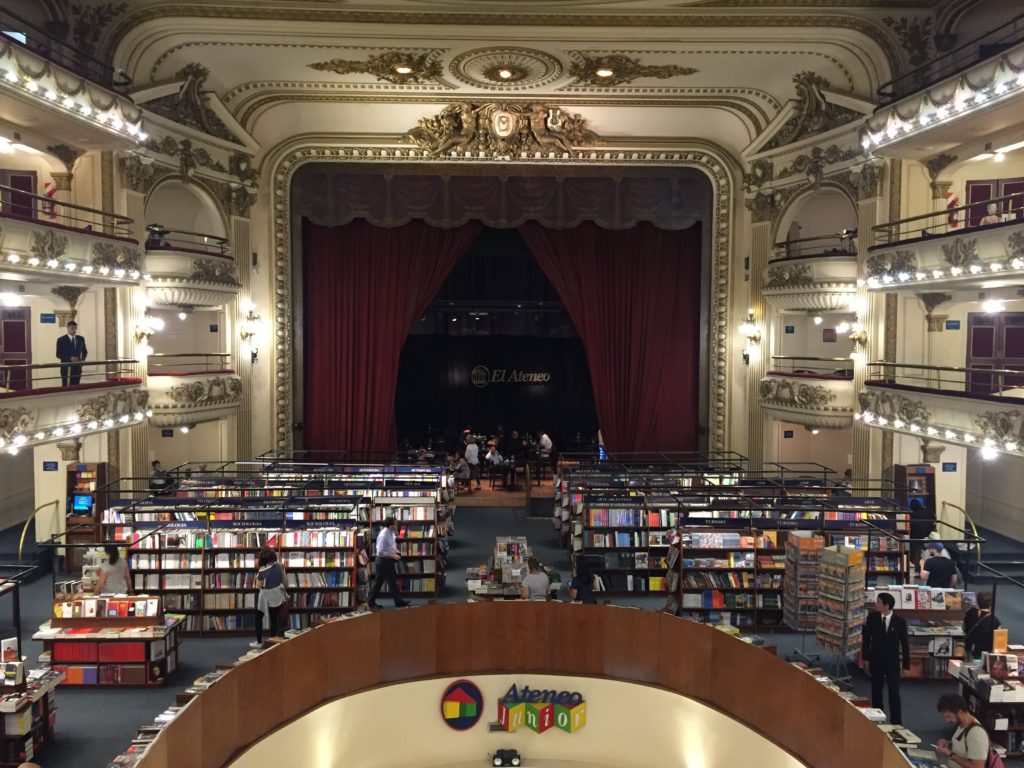
La Boca:
Located in the city’s southeast side, La Boca is a fun, neighbourhood to walk around admiring the colourful buildings and tango artists dancing! Although incredibly touristy with inflated prices, it is worth heading to the pedestrian street called El Caminito, a truly instagrammable area filled with locals selling art and other souvenirs.
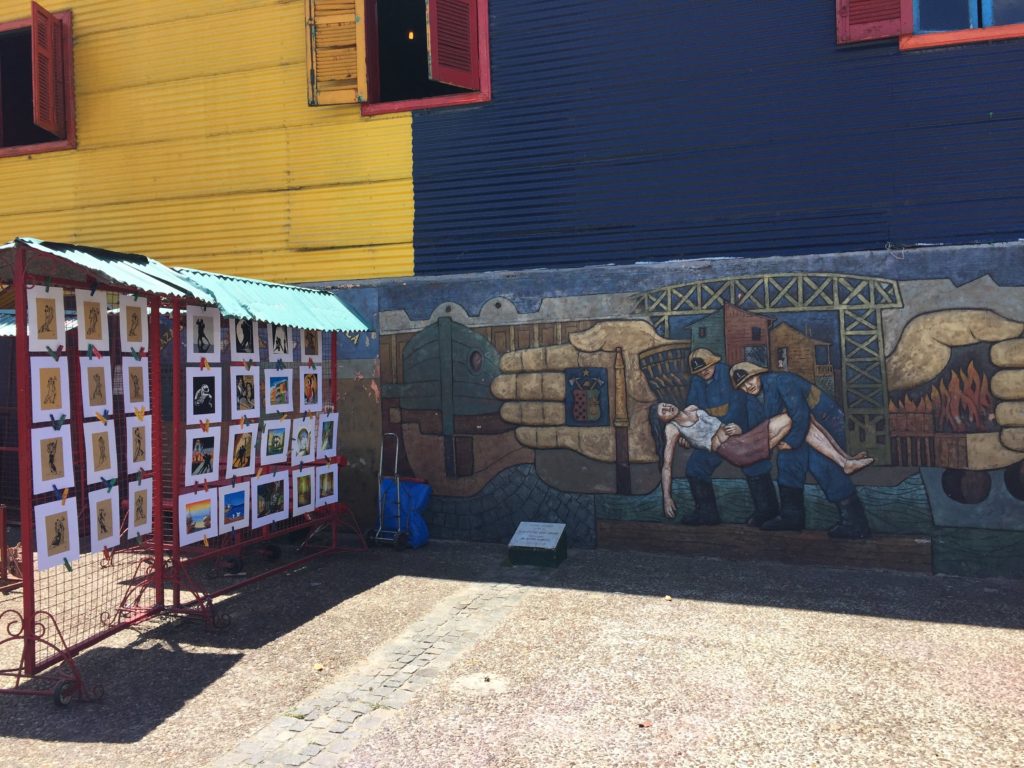
It is important not to stray from the main tourist areas, as this neighbourhood is known for being particularly unsafe, especially at night. Also, it is advised not to wear a River Plate jersey, as the rivalry between River and Boca futbol teams is fierce! (more on that later!)
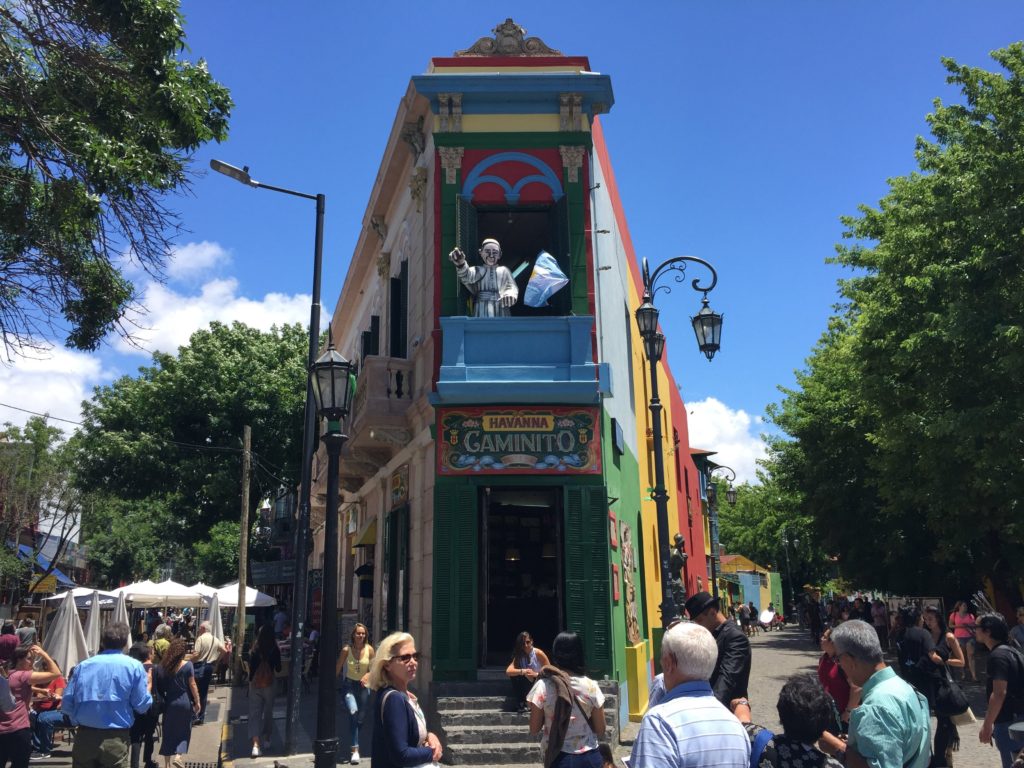
San Telmo:
Known for its colonial buildings and cobblestone streets, there are countless antique shops and cafes lining the streets. However, the biggest attraction is perhaps the San Telmo Sunday Fair, open from approximately 10-4pm every Sunday.
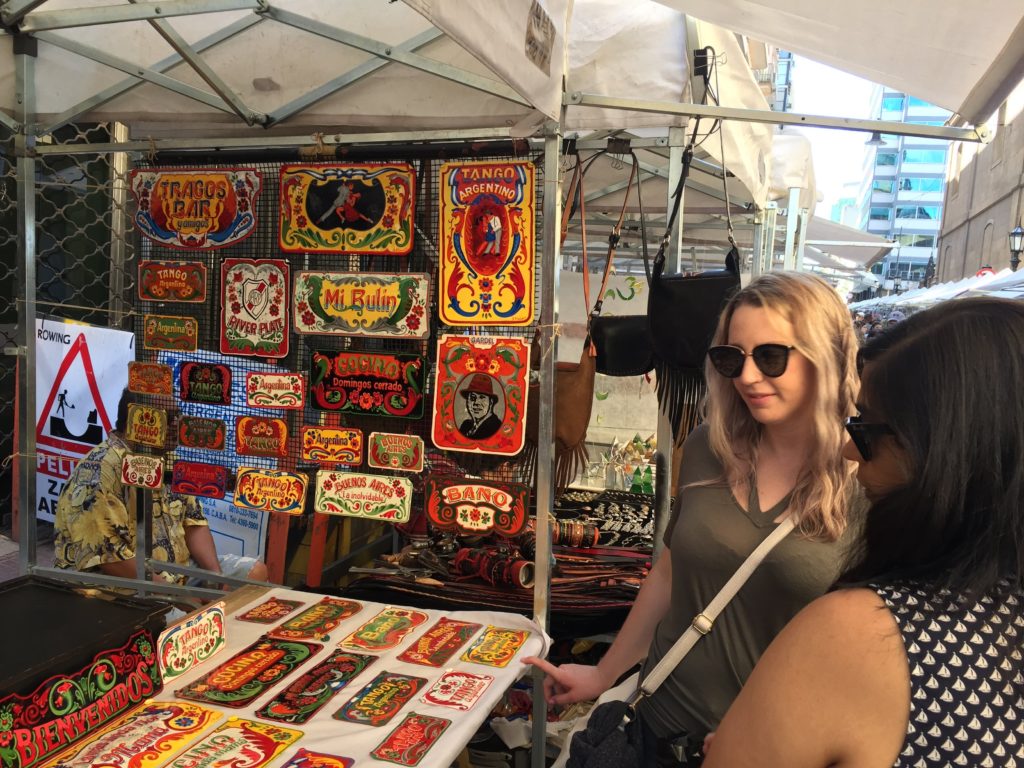
We spent hours walking through the closed off streets, checking out souvenirs and handmade goods. There are plenty of places to stop for a coffee or a drink.
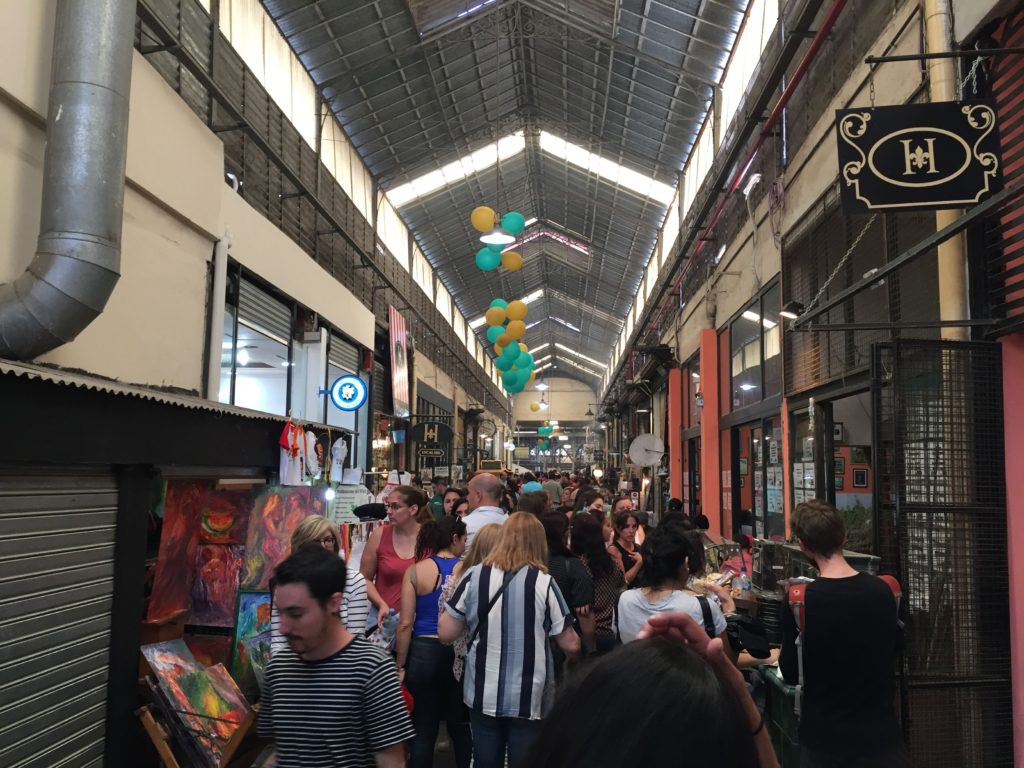
Puerto Madero:
As an area that previously (and briefly) operated as a port, Puerto Madero was revitalized in the 1990s as an upscale dining destination with luxury hotels. Admittedly, this neighbourhood that backs on to the Rio de la Plata (River of Silver) has a completely different feel than the rest of Buenos Aires. Many tourists and locals walk along the riverfront and nearby park on the weekends. We enjoyed walking around and feasting on slightly overpriced burgers and craft beer on a waterfront patio.
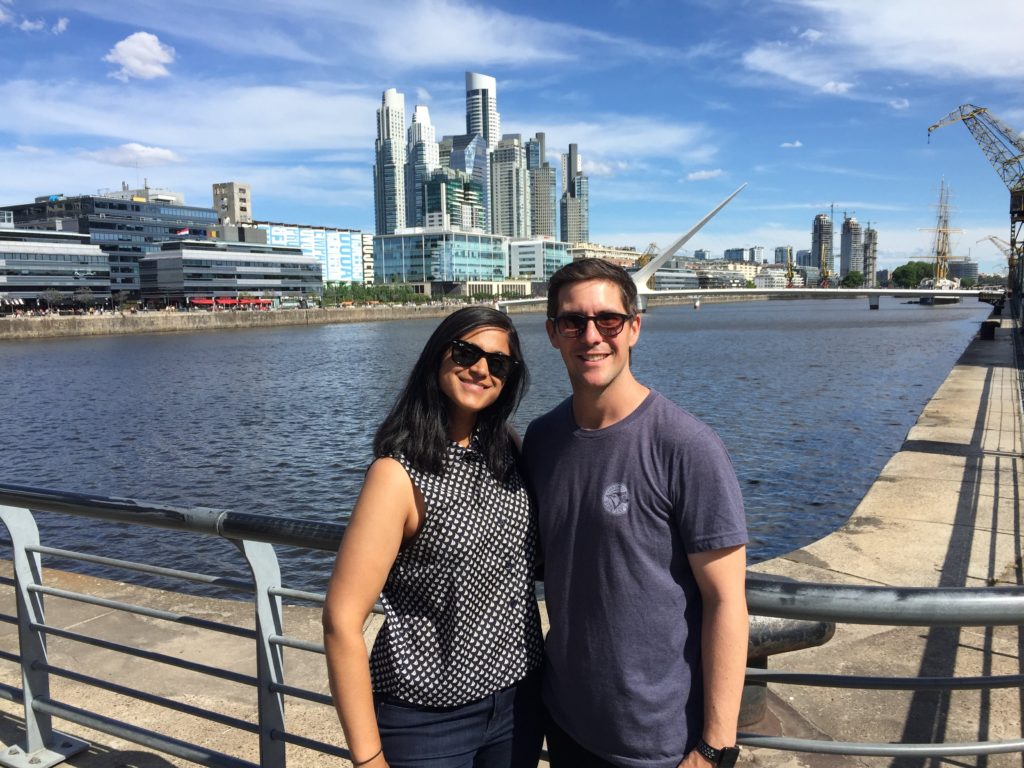
Microcentro (Downtown):
Although this is not technically an official neighbourhood (it is located in the neighborhoods of San Nicolás and part of Monserrat), the downtown is the financial and historical hub of Buenos Aires. The main city square, Plaza de Mayo, is located here, along with the government building of Casa Rosada (“Pink House”) and other major national buildings.
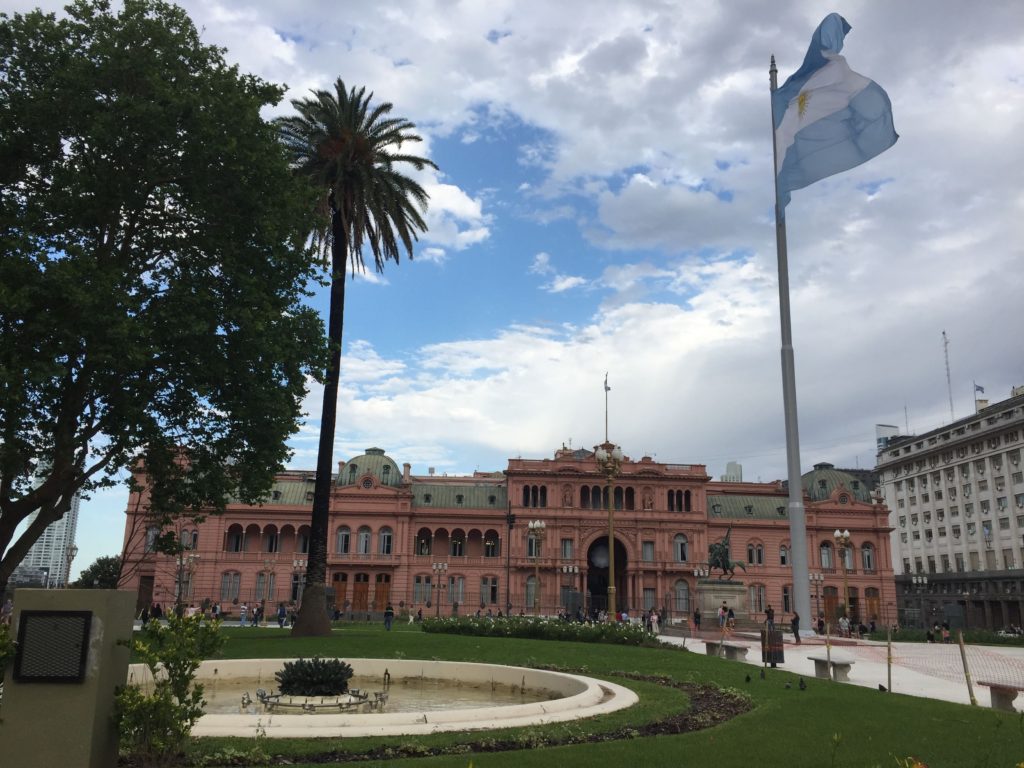
Also downtown are Lavalle and Florida Streets, busy pedestrian shopping streets and home to most of the illegal “blue market” currency exchange centres. These blue market exchange centres offer a slightly better rate than the official exchange rate, however, you have to be careful! See our related post, “The Best of Buenos Aires” for more about the fun adventures of obtaining pesos in Argentina!
On Florida Street there are also many local and international shops such as Zara, Falabella, and even a large mall, Galerias Pacifico, where you can enjoy some overpriced shopping! Due to the high import taxes in Argentina, it is much cheaper to purchase clothing, electronics, and other items in your home country rather than in Argentina.
Downtown, you must also visit the famous Obelisk, located in the middle of one of the world’s widest streets (Avenida 9 de Julio) and beside the giant instagram-friendly BA sign.
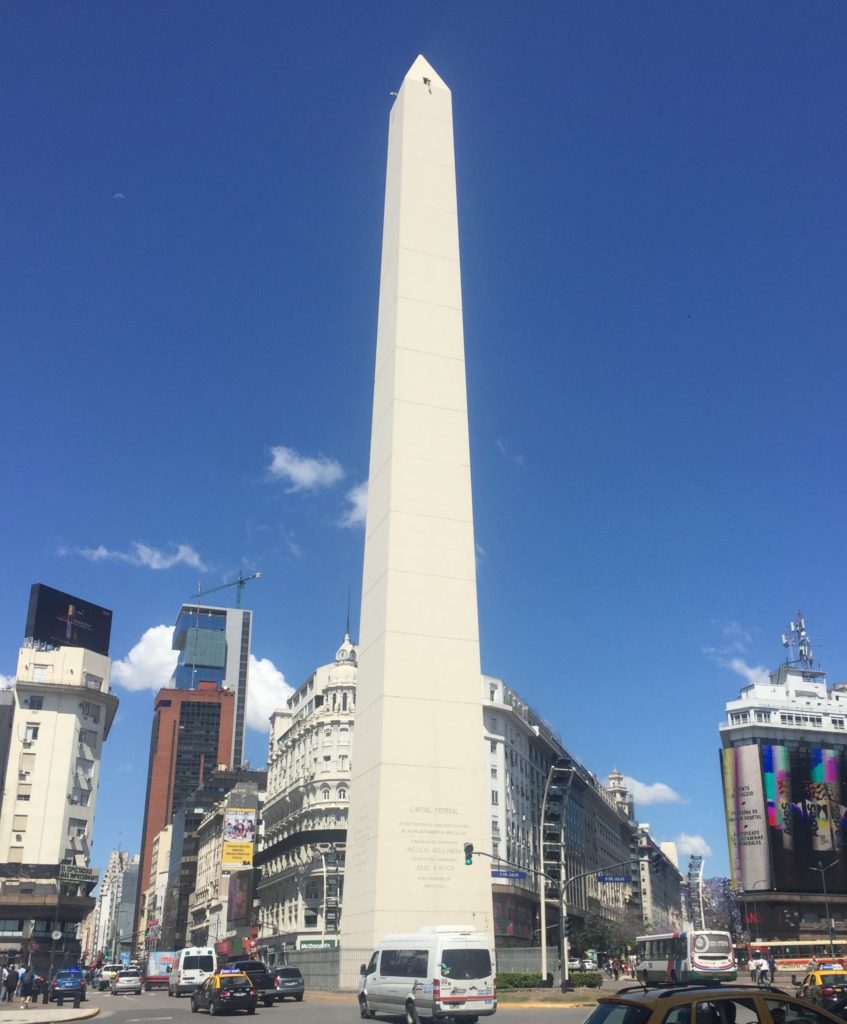
Also nearby is the renowned Colon Theatre & Opera House, an absolutely gorgeous building that is said to have some of the best acoustics in the world!
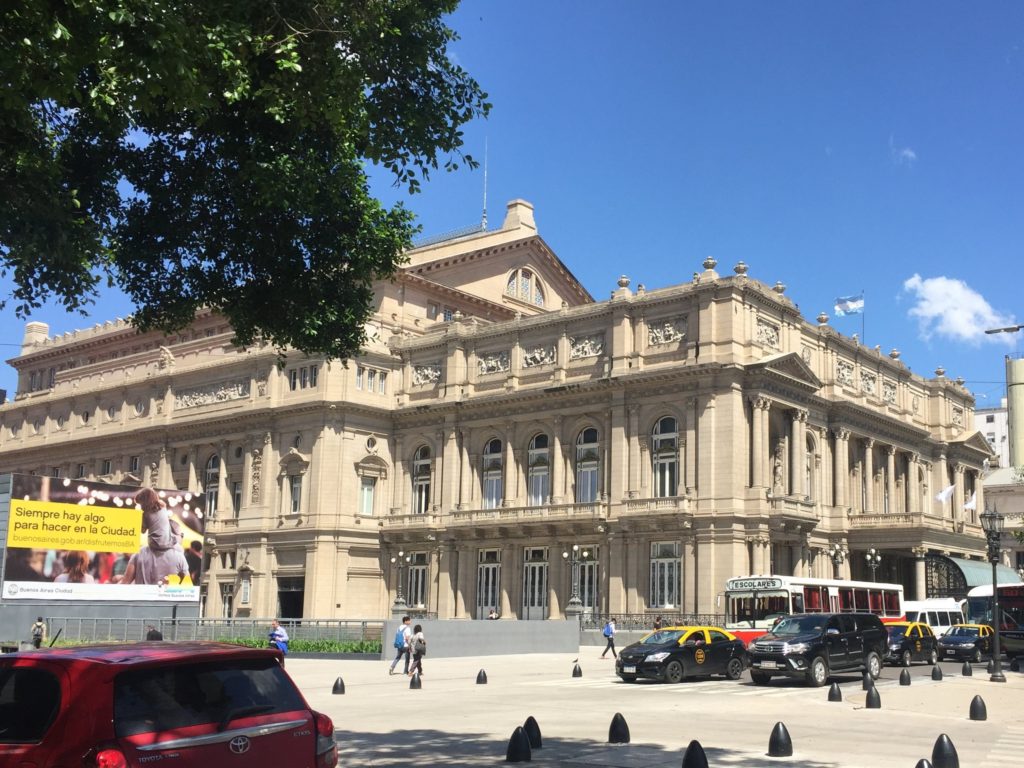
Other Neighbourhoods:
Although these areas are not technically in Buenos Aires proper, they are part of the greater Buenos Aires area and can be reached easily using the Mitre train line or Tren de la Costa.
Tigre:
This is a cute town north of Buenos Aires that lies on a delta of the Paraná river. It is a common weekend destination for both locals and tourists looking to escape the hustle and bustle of the city. It is easy to take the Mitre train from either Belgrano or Retiro stations straight to Tigre.
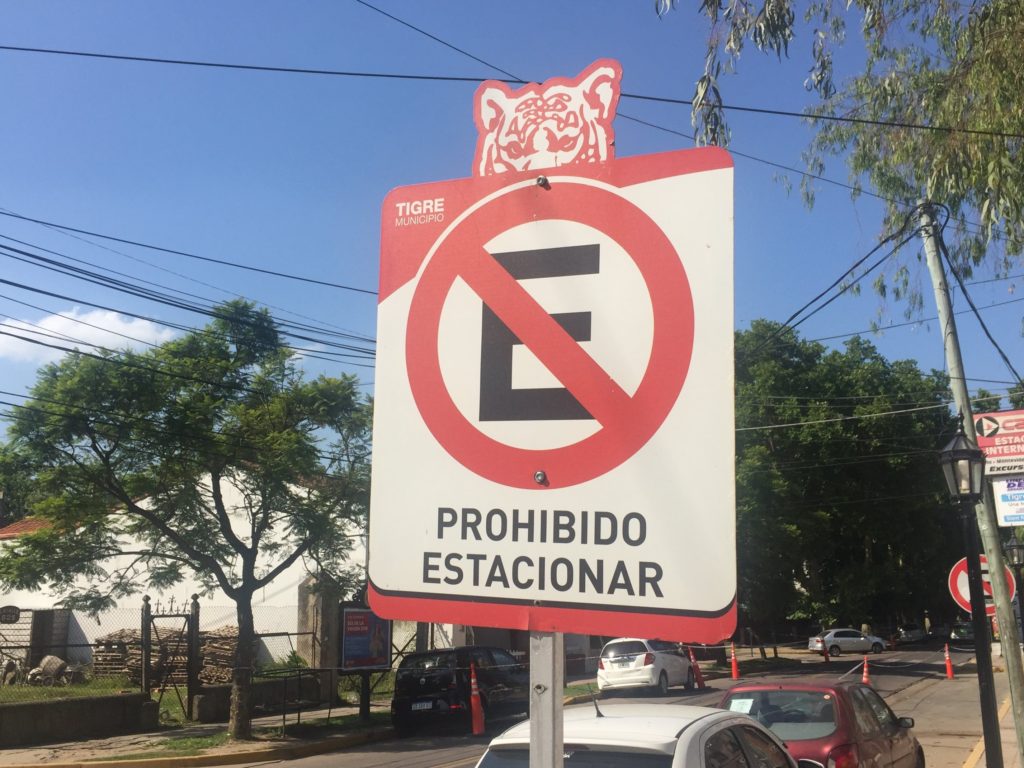
We enjoyed taking a relaxing river cruise through the various canals in the delta. Also, a main draw is the Puerto de Frutos (fruit port), which is a handicraft market located by the river in the old fruit port that sells crafts, antiques, home decor, and other goods.
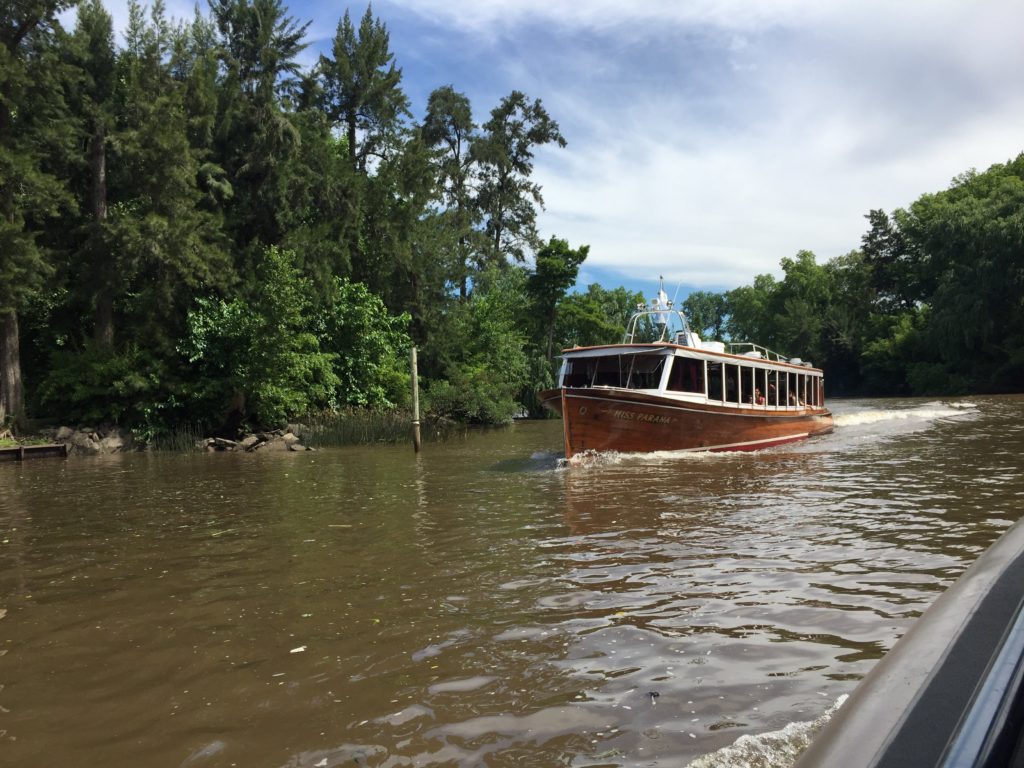
There is also the Museo de Arte Tigre, a beautiful museum located in an old casino located on the waterfront.
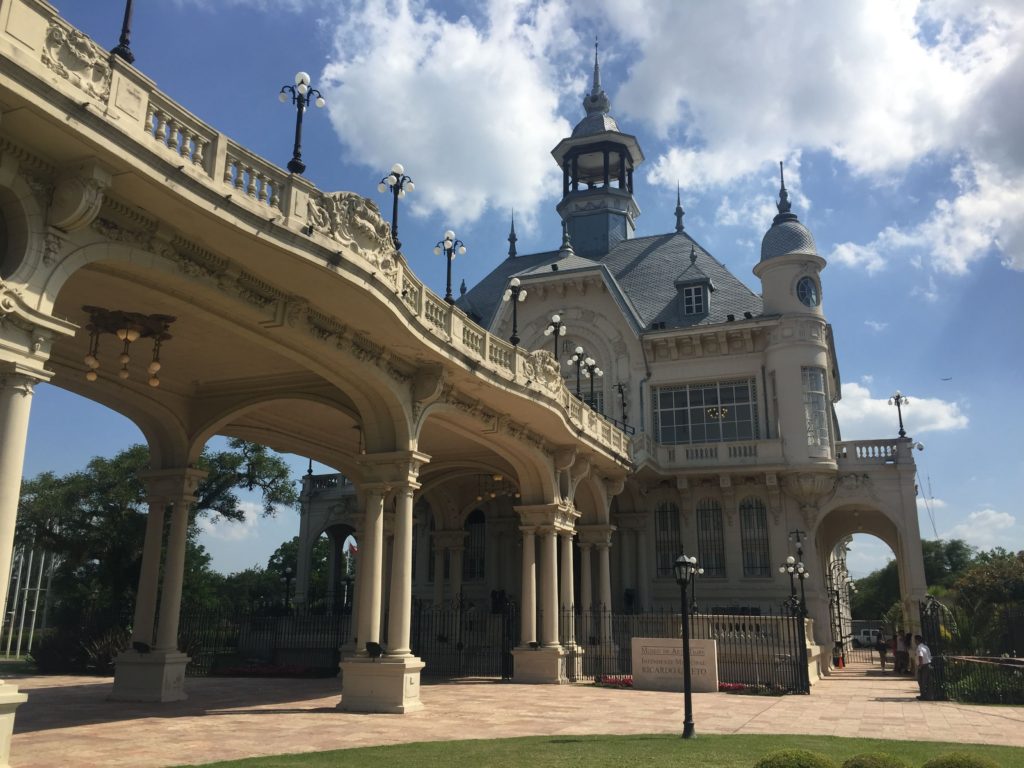
Our favourite ice cream in all of Buenos Aires (Heladería Vía Toscana) is located in Tigre. Finally, enjoying a meal or some drinks on one of the many patios in the area is a great way to spend an afternoon!
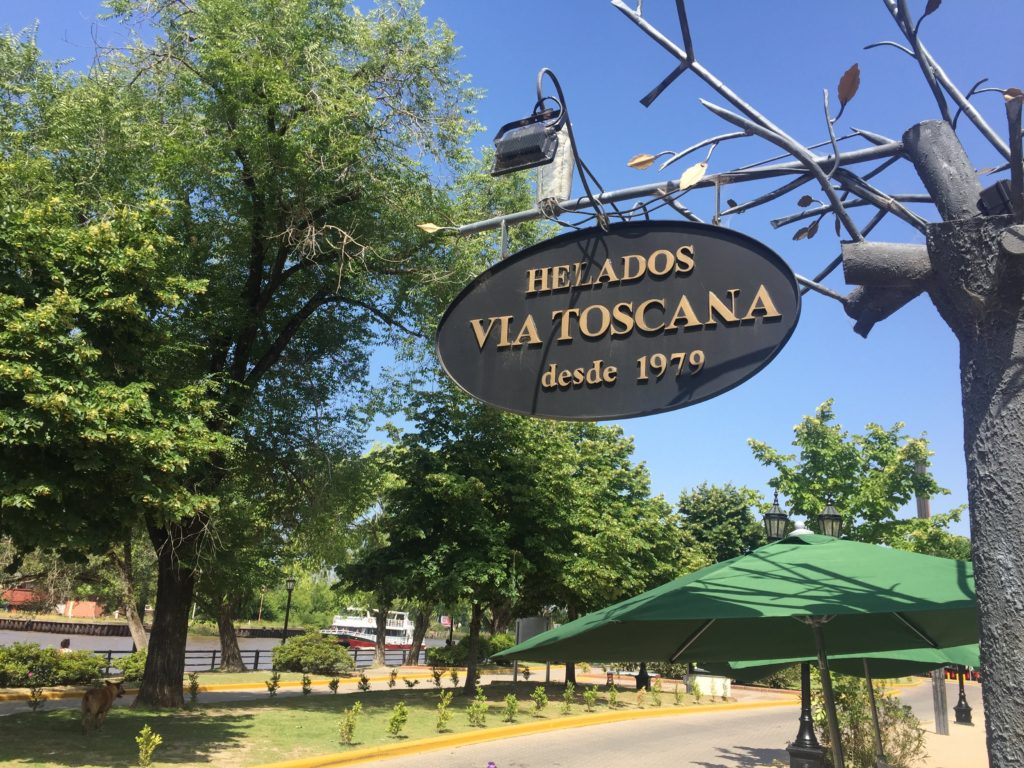
San Isidro:
Although this affluent neighborhood is not a typical tourist destination, there is a particular charm to it. The centre of town is filled with cobblestone streets and beautiful buildings such as the San Isidro Cathedral, built in 1898.
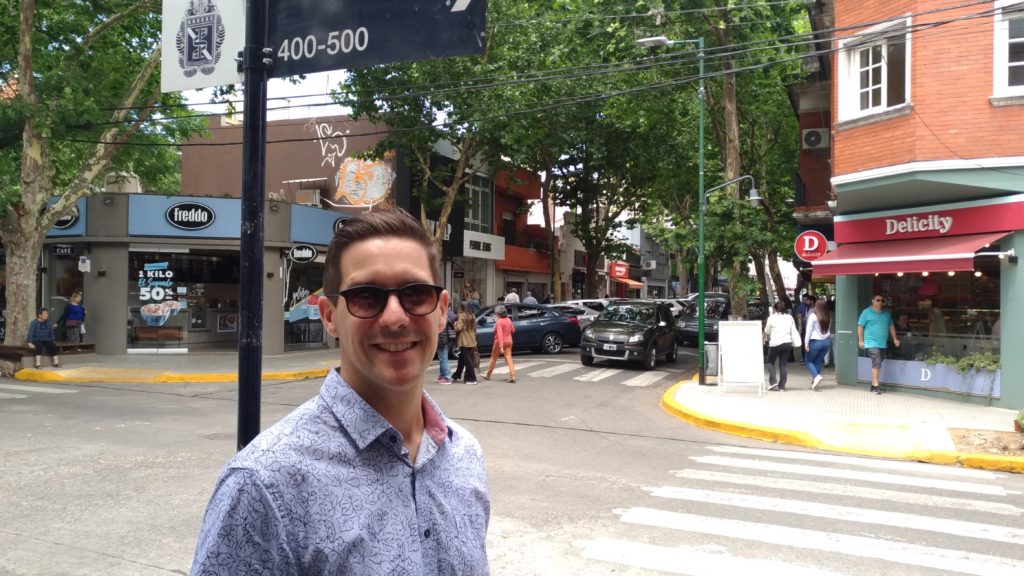
There are many shops and restaurants to keep you busy. A quick ten minute jaunt from the centre of town took us to the riverside park, an excellent place to relax by the waterfront with locals or participate in water sports such as jet-skiing, kiteboarding, or stand up paddleboard. On the day we visited, we were treated to a great view of the Buenos Aires skyline, as well as hundreds of sailboats in the water!
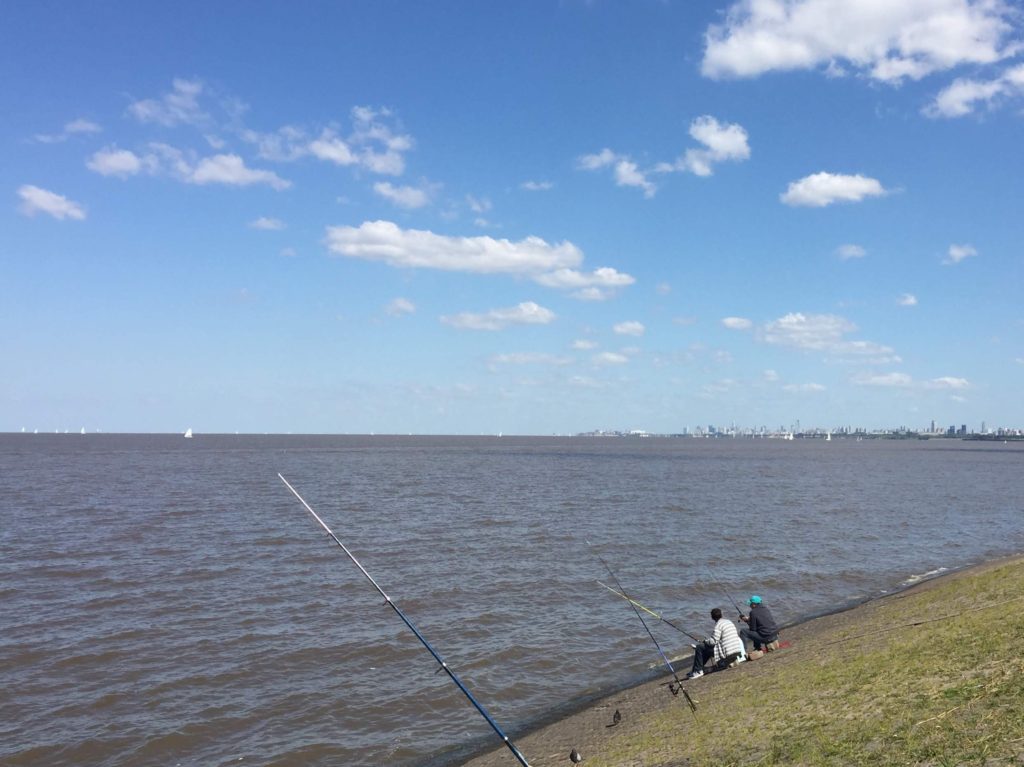
These are only but a few of the many great neighbourhoods of Buenos Aires. Are there some that are missing that need to be included? Fire us a message or comment below! Also, be sure to read our related post “The Best of Buenos Aires” for more about one of our favourite South American cities!
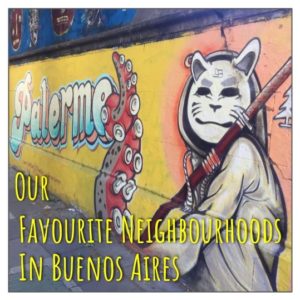
Disclosure: Please note that this site may contain affiliate links to products. We may receive a small commission for purchases made through these links at no extra cost to you.
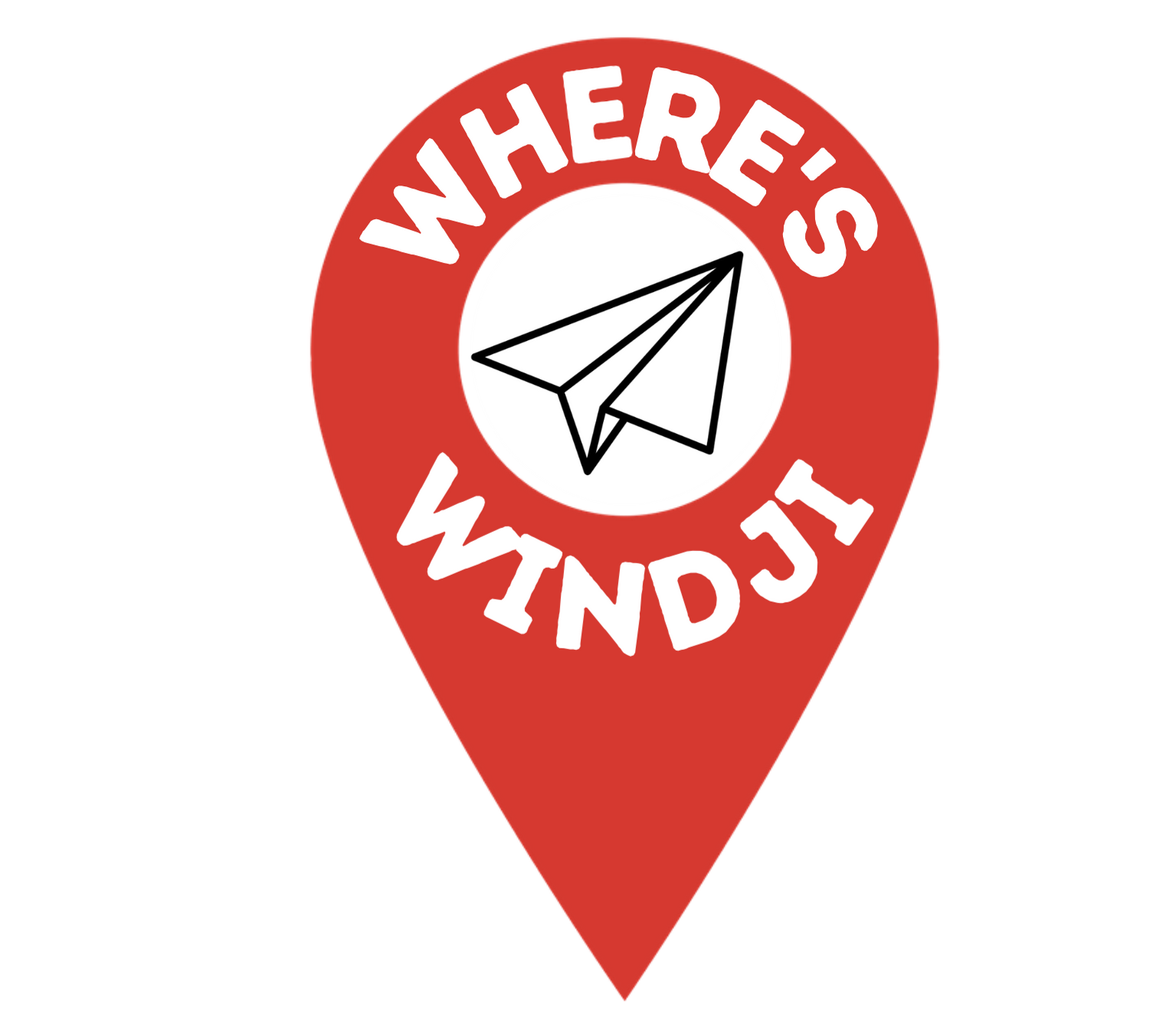

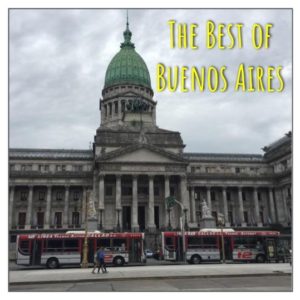
Wow! Buenos Aires seems so cool. Thank you for sharing this, I will hopefully be able to walk through these neighbourhoods one day.
Thanks for reading. We really loved B.A. It was probably our favourite big city in South America!